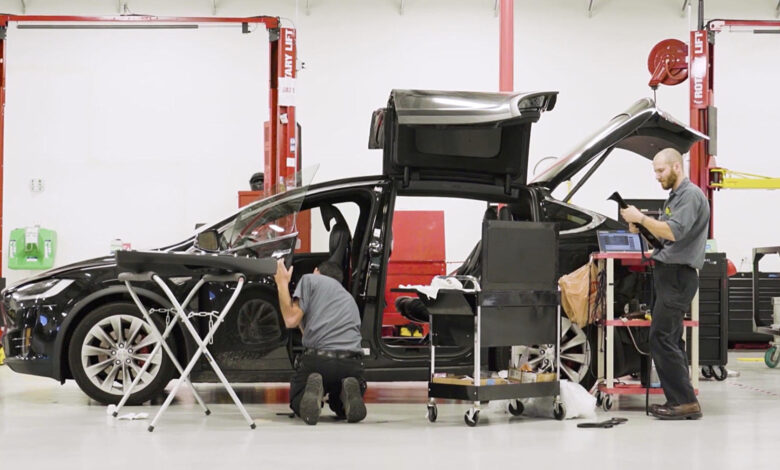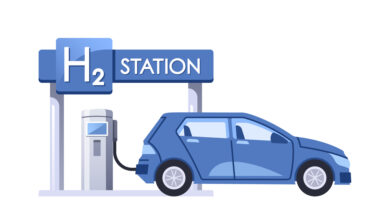North American EV Collision Claims Continue to Rise Despite Sales Slowdown

Claims frequency for repairable battery electric vehicles jumped 45 per cent in the US and 39 per cent in Canada year-over-year, while increases for hybrids were more gradual, according to technology company Mitchell.
The data, revealed in Mitchell’s Q2 2024 Plugged-In: EV Collision Insights report, shows how differences in powertrain complexity and construction affect claim costs and repair operations.
“Although BEV sales have slowed in 2024, sales of mild and plug-in hybrid automobiles remain strong,” said Ryan Mandell, Director of Claims Performance at Mitchell. “Like BEVs, these vehicles can be costlier to repair after a collision when compared to their internal combustion engine, or ICE, counterparts. However, with both an ICE and small electric battery, mild hybrids are remarkably similar to gasoline-only powered automobiles when it comes to claims severity.”
In Q2 2024, average claims severity for repairable mild hybrid vehicles was US$4,726 in the US and US$5,302 in Canada. For vehicles with an ICE, it was US$4,806 in the US and US$4,958 in Canada, a difference of US$80 and US$344, respectively. Mitchell said that since PHEVs rely on a larger, high-voltage battery in addition to an ICE, their average severity is more closely aligned to BEVs at US$5,059 versus US$5,753 in the US and US$5,665 versus US$6,534 in Canada.
Other findings in the report include:
- Total loss frequency: The total loss frequency of BEVs and 2021-and-newer petrol-powered vehicles, which are comparable in their complexity and cost to repair, remains similar at 9.16 per cent for BEVs in the US versus 9.45 per cent for ICE vehicles, and 7.24 per cent versus 8.52 per cent respectively in Canada.
- Repair operations: Although BEV collision damage estimates have a higher average number of mechanical labour hours than ICE vehicles appraisals (5.21 per cent compared to 8.18 per cent), they are less likely to include frame labour. Frame labour is added when technicians use a hydraulic frame machine to straighten both full ladder frame components and unibody structures. The lack of this labour type on BEV estimates could mean that their design is more effective at preventing crash energy from damaging the vehicle’s structural components.
- Parts utilisation: OEM parts continue to be used more frequently in the repair of BEVs, with 89 per cent of the parts dollars on estimates for repairable BEVs being OEM parts compared to 65 per cent for ICE vehicles.






